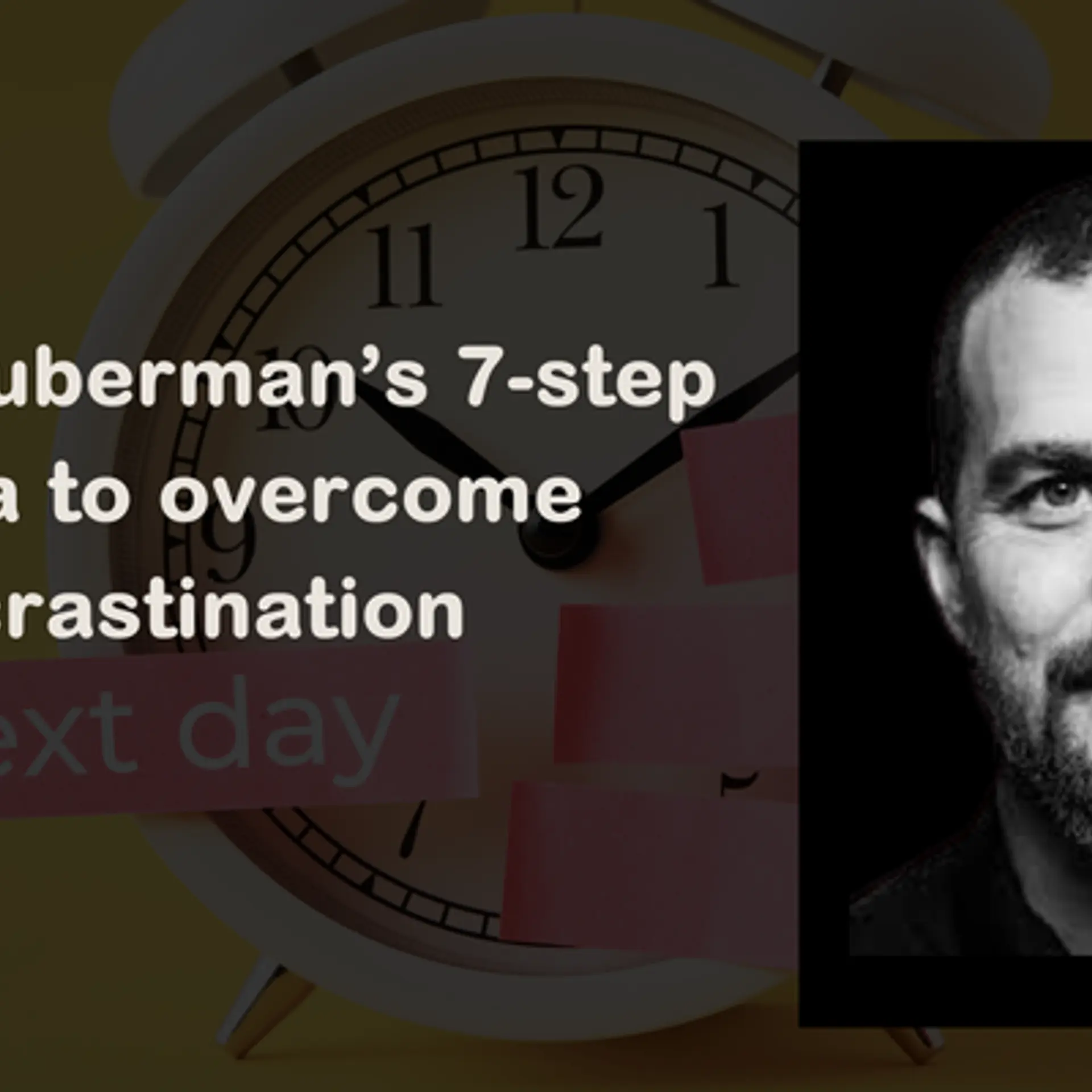Pursuing ‘Mobile First, Desktop Second' Approach

Historically, most web designers and their clients explore the desktop side of project first ,leaving behind the mobile part as a secondary goal of accomplishment. With the rise in responsive design, many developers follow the "Full size" strategy and then work the way down.This issue presents the necessity of working with different screen resolutions in order to guarantee that a design and content looks good in all sorts of devices.Worldwide, 25% of mobile web users only use mobile web or very rarely use desktop websites. 86.7% of the world’s population are mobile subscribers with 2 billion of this percentage are mobile web users. Design Director of Facebook, Kate Aronowitz quoted "We're just now starting to think about mobile first and desktop second for a lot of our products.” No wonder this approached clicked, whereby 102 million people accessed Facebook solely from mobile in June, 2012. That's a 23% increase over the 83 million mobile-only users in March. 18.7% of Facebook's 543 million monthly mobile users don’t visit its desktop site. As per the ABI Research, global volume of mobile data traffic will exceed 107 exabytes in 2017.This total traffic volume will be eight times more than what is expected for 2012.
Considering the above stats, it is clear that mobile is no longer a 'nice-to-have' device but instead, companies are seeing success stories, thanks to their mobile first approach.
The Mobile Effect
Designing for mobile first not only prepares you for the explosive growth and new opportunities on the mobile internet, but also gives us an opportunity to rethink what we are doing today and how we are delivering our m-experiences.
In reality, choosing between Graceful Degradation and Progressive Enhancement is more complex. When you start with desktop platform, you tend to take advantage of complete platform and you build amazing product that leverages great use of technology. It's a short while until you realize, none of it scales well down to mobile. It doesn't happen with every project, however, If we examine the progressive enhancement workflow, the result tends to be a different story. You've already worked upon a responsive design and trimmed content, and now it's time to bring this design to desktop, instead of pondering what to cut and how to water down your product.

The Challenge
The concept of responsive is easier on paper but it’s neither fun nor easy. Mobile first brings tremendous efforts by flexing your muscles to target various screen sizes of mobile. For those who're new, it's may not prove to comfortable territory to work on. Not to leave out, Optimality of content is crucial concept as well, which is challenging.
Most importantly, bringing the mouse pointers to finger taps is truly interesting yet it's a complex suit. Considering a strict design perspective, it is difficult to really dive into a design if starting with mobile and working way up.
"Be Mobile, Be In Pocket "
Hopefully you aren’t too surprised by the truth- "The Future is Mobile". Despite all advances in mobile in fairly short period of time, we still ponder with a thought of "What's next?" and precisely the same is what App development community has shown us building new possibilities and its extent.
So is your business ready for your mobile consumers? Well, if not, it's time to get rolling as It has been predicted that in the next two years mobile web use will completely overtake desktop use.
P.S - Adopting a mobile first approach are user-centric and completely depends on company’s project model.
Author:
Mr.Prajyot Mainkar is leading Product based organization, SPM Softwares & Designers based in India. SPM primarily innovates products on Android and Content Management Systems. He is also an Android developer advocate who expertise in android based commercial apps. He has been mentor for various mobile app building strategy and initiatives across India. He is an alumni from BITS Pilani and a Project Management Professional from IIT Delhi.







